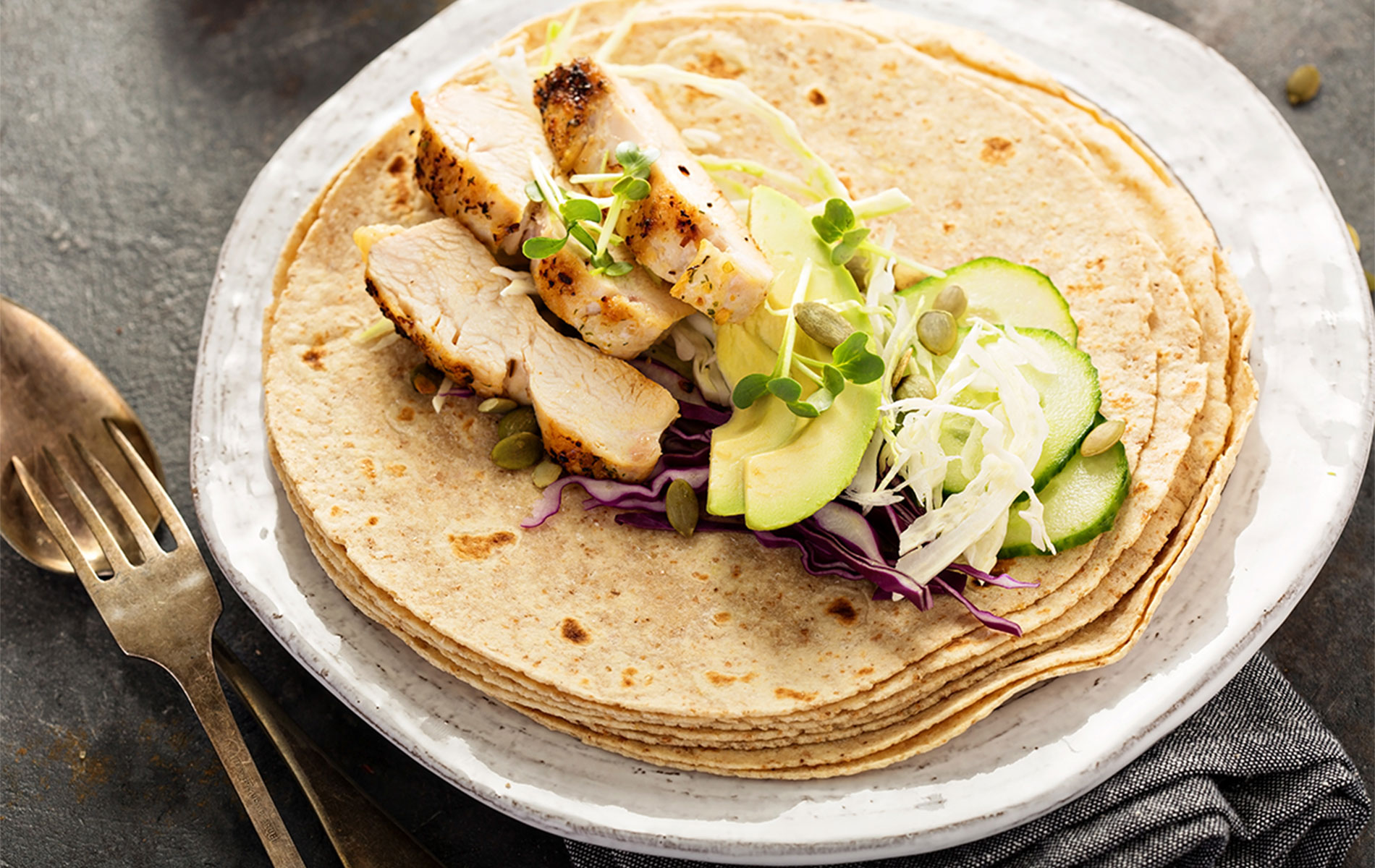Information provided by: healthline.com
Food is a common trigger of digestive symptoms. Interestingly, restricting certain foods can dramatically improve these symptoms in sensitive people. In particular, a diet low in fermentable carbs known as FODMAPS is clinically recommended for the management of irritable bowel syndrome (IBS). This article explains what a low-FODMAP diet is, how it works and who should try it.
Since what you eat can have a major effect on your body, digestive issues are incredibly common. FODMAPs are types of carbohydrates found in certain foods, including wheat and beans. Studies have shown strong links between FODMAPs and digestive symptoms like gas, bloating, stomach pain, diarrhea and constipation. Low-FODMAP diets can provide remarkable benefits for many people with common digestive disorders. This article provides a detailed beginner's guide to FODMAPs and low-FODMAP diets.
Common FODMAPs include:
Fructose: A simple sugar found in many fruits and vegetables that also makes up the structure of table sugar and most added sugars.
Lactose: A carbohydrate found in dairy products like milk.
Fructans: Found in many foods, including grains like wheat, spelt, rye and barley.
Galactans: Found in large amounts in legumes.
Polyols: Sugar alcohols like xylitol, sorbitol, maltitol and mannitol. They are found in some fruits and vegetables and often used as sweeteners.
SUMMARY
FODMAP stands for "fermentable oligo-, di-, mono-saccharides and polyols." These are small carbs that many people cannot digest — particularly those with irritable bowel syndrome (IBS).
What Happens When You Eat Them?
The majority of FODMAPs pass through most of your intestine unchanged. They're completely resistant to digestion and are categorized as a dietary fiber. But some carbs function like FODMAPs only in some individuals. These include lactose and fructose. General sensitivity to these carbs also differs between people. In fact, scientists believe that they contribute to digestive problems like IBS. When FODMAPs reach your colon, they get fermented and used as fuel by gut bacteria. The same happens when dietary fibers feed your friendly gut bacteria, which leads to various health benefits.
However, the friendly bacteria tend to produce methane, whereas the bacteria that feed on FODMAPs produce hydrogen, another type of gas, which may lead to gas, bloating, stomach cramps, pain and constipation. (3Trusted Source). Many of these symptoms are caused by distention of the gut, which can also make your stomach look bigger (4Trusted Source). FODMAPs are also osmotically active, which means that they can draw water into your intestine and contribute to diarrhea.
SUMMARY
In some individuals, FODMAPs are poorly digested, so they end up reaching the colon. They draw water into the intestine and get fermented by hydrogen-producing gut bacteria.


